I saw this video about DIY Induction Heater and I decided to make it by myself in order to learn something from this project.
After finish wiring everything, I connect the power supply and heard/saw a spark. I touched the components and the two MOSFET were super hot. I supposed that I connected something wrong / shortened something so I rebuilt the circuit with new components, with more space between them, and before turning it on, I checked connectivity with a multimeter to verify everything is well connected.
On the second time I also limited my power supply to 3 Amps. When I connected it to the circuit, the voltage of the power supply dropped to 5.4V (because of the 3A limit) and I felt the MOSFETS are becoming again very hot.
I also built this circuit in an online simulator but it seems to behave differently. I couldn't think of any solution, hope you guys can help.
L2, L3:
Inductance: 100uH, Current Rate: 6A
L1: 3uH. 2mm thick Pure Copper Wire Round Solid Uncoated with 10 turns of 20mm diameter.
Capacitors: 2 x WIMA MKP10 0.33uF (0,33µF 330nF) 400V 5% pitch:22.5mm Capacitor
This is how I connected everything: 